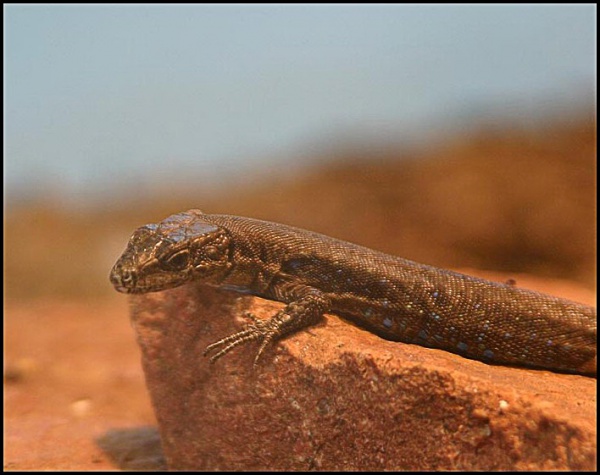Facts About Darevskia
Darevskia is a captivating genus of wall lizards belonging to the Lacertidae family, primarily located in the Caucasus, Iran, and Turkey. These lizards generally thrive in forested and grassy regions abundant with rocky outcrops. The genus comprises 34 species, of which seven reproduce through parthenogenesis, allowing them to produce offspring without mating.
Easily identifiable by their flattened bodies, pointed heads, and long tails, these small lizards exhibit a color palette ranging from green to sandy hues. They possess specialized calluses on their paws, enabling them to scale rough surfaces with ease.
The genus is named in honor of Ilya Sergeyevich Darevsky, a renowned Russian herpetologist. Taxonomically, Darevskia is divided into several clades with 34 species and 22 subspecies, distributed across regions including Abkhazia, Azerbaijan, Armenia, Georgia, Iran, Russia, Turkey, and South Ossetia.
Darevskia lizards are highly adaptable, inhabiting various high-altitude areas from mountain steppes to environments altered by human activity. Their diet predominantly consists of a variety of invertebrates, and they exhibit intricate social structures within their populations. Notably, these lizards have distinct seasonal activity patterns and unique reproductive strategies, especially among the parthenogenetic species.
Research on Darevskia lizards has provided significant insights into their ecology, behavior, and evolution, greatly enhancing our understanding of their biology and conservation requirements. This summary covers key aspects of Darevskia lizards, including their taxonomy, distribution, habitat preferences, dietary habits, population dynamics, and reproductive strategies.

 Azerbaijan
Azerbaijan